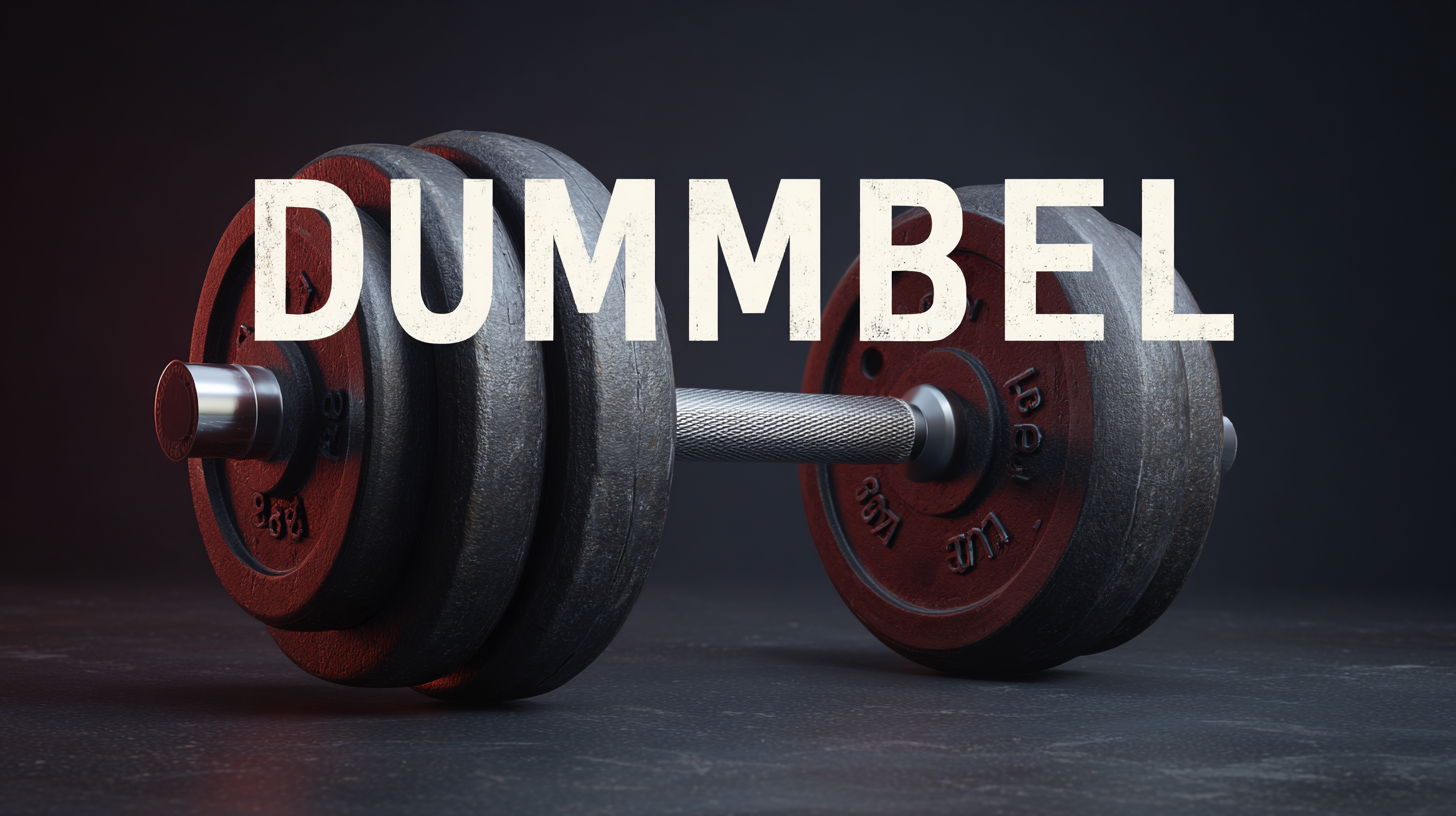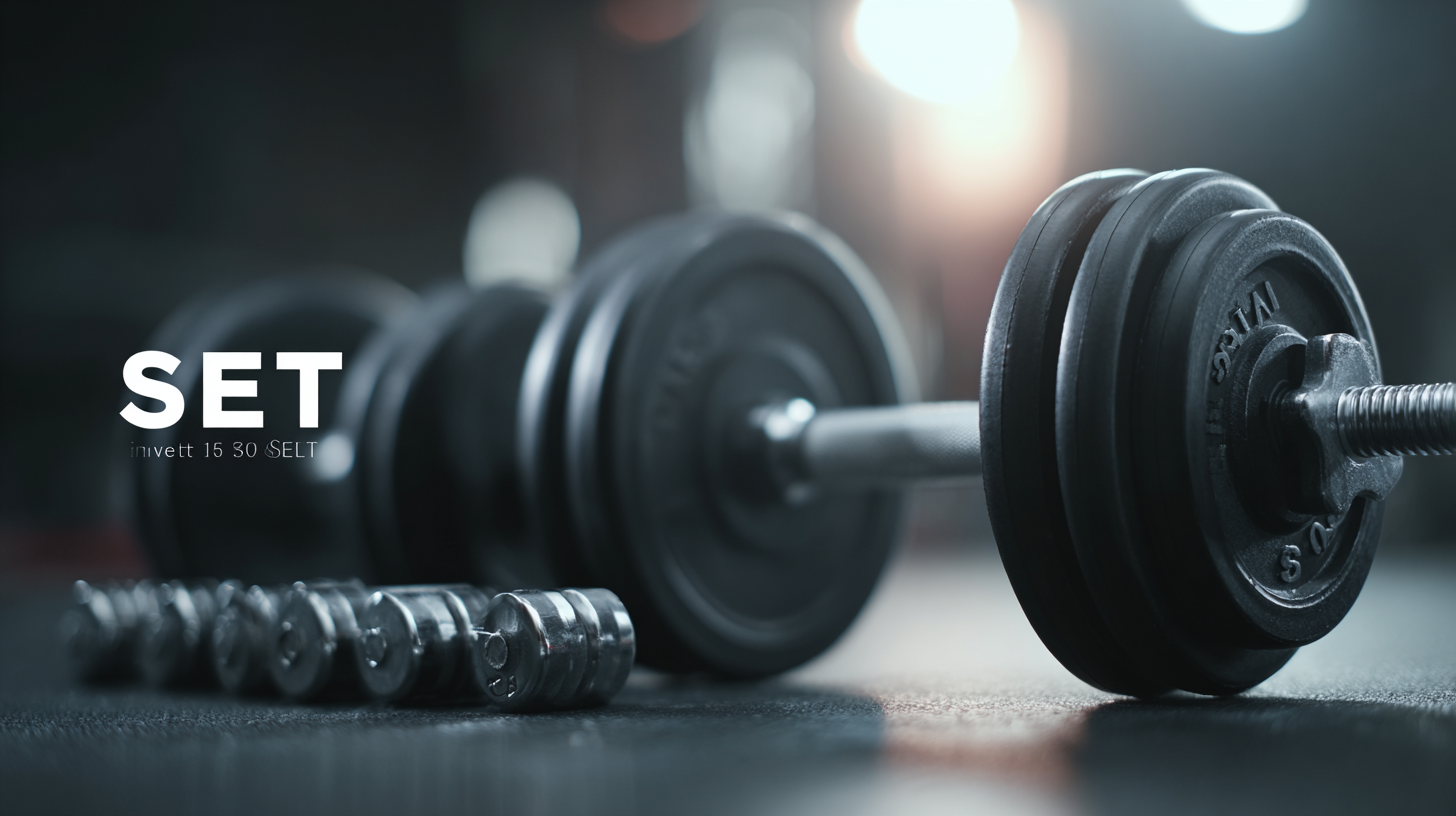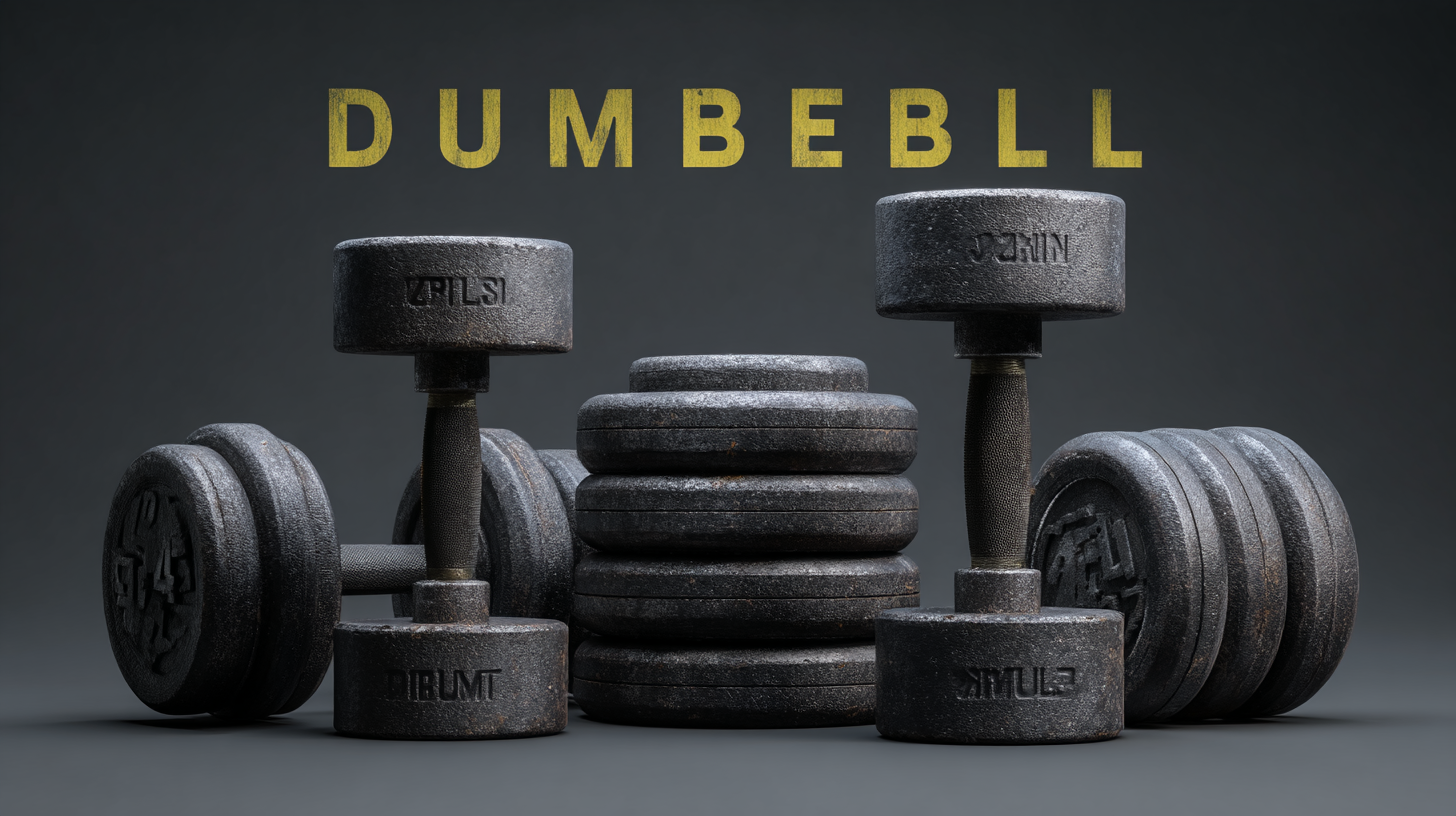
-
Home
-
Products
-
About Us
-
News
-
Contact Us
Leave Your Message

In recent years, the fitness industry has witnessed a significant surge in the popularity of home workouts, driven by a growing preference for convenience and accessibility. According to a report by IBISWorld, the home fitness equipment market is projected to reach $2.3 billion by 2025, highlighting the increasing demand for effective workout solutions. Among these, the "Dumbbell Set Gym" remains a staple for many home fitness enthusiasts due to its versatility and effectiveness in strength training.

However, as innovation continues to reshape fitness trends, there is an emerging interest in alternative workout tools and methods that can provide comparable benefits while accommodating limited space and budgets. This blog will explore some of these innovative alternatives, providing insights into how they can enhance home workouts and maximize results without the need for a traditional dumbbell set.
When exploring alternatives to the traditional dumbbell set for home workouts, one critical element often overlooked is the importance of quality suppliers. A report by the International Health, Racquet & Sportsclub Association (IHRSA) highlights that 83% of consumers prioritize durability when selecting fitness equipment. This statistic emphasizes that sourcing from reputable suppliers can significantly impact the longevity and effectiveness of your home workout gear.
Investing in high-quality equipment ensures that your workouts remain safe and efficient. According to the National Institute of Health, improper or subpar equipment can lead to increased injury risks. To ensure you're selecting the right suppliers, consider conducting thorough research. Look for companies with positive customer reviews, transparent sourcing processes, and comprehensive warranties.
Tip: Always check for certifications and safety standards before making a purchase. Quality suppliers will often provide this information upfront. Additionally, purchasing items in bundles or sets can lead to cost savings and ensure that you have a cohesive workout experience. Investing time in finding the right supplier can enhance your home fitness journey significantly.

When it comes to home workouts, many fitness enthusiasts are seeking alternatives to traditional dumbbell sets. Identifying the key features of
high-quality dumbbell alternatives can significantly enhance your exercise regimen. One of the most critical aspects to consider is the
material used in these alternatives. High-quality products often incorporate durable materials, such as steel or high-grade plastic,
which not only ensure longevity but also provide a solid weight distribution for safe workouts.
Another essential feature to look for is adjustability. Adjustable kettlebells or resistance bands can mimic various weights, offering versatility similar to fixed dumbbells.
This flexibility allows users to progressively increase resistance, crucial for building strength over time. Additionally, ergonomic designs that ensure a comfortable grip during workouts enhance
user experience and performance, reducing the risk of injury. Prioritizing these features will ensure that you choose the most effective and innovative alternatives for your home workout routine.
When considering alternatives to traditional dumbbell sets for home workouts, one crucial factor is the reputation of the suppliers involved. A study conducted by the National Academy of Sports Medicine indicates that equipment reliability plays a significant role in maintaining workout consistency. Brands that prioritize quality often use premium materials and robust manufacturing processes, resulting in products that not only last longer but also enhance user safety. For instance, a recent report from the International Health, Racquet & Sportsclub Association (IHRSA) found that consumers are increasingly drawn to brands with established reputations, leading to a marked increase in sales for companies that invest in consumer trust.
In addition, product reviews from reputable sources can provide valuable insights into supplier reliability. According to a survey by Consumer Reports, over 75% of consumers rely on user reviews when selecting fitness equipment. This data underscores the importance of research; potential buyers should consider brands with a solid track record and positive feedback from the fitness community. Brands like Bowflex and NordicTrack, known for their commitment to customer satisfaction, have seen a 20% increase in market share by focusing on building a trustworthy brand identity. Investing time in evaluating supplier reputation can lead to more informed decisions and ultimately a more effective home workout experience.

When setting up a home gym, one critical consideration is balancing cost-effectiveness and quality in your equipment choices. According to a report by the Global Health and Fitness Association, nearly 65% of households in the U.S. have invested in some form of fitness equipment, making it crucial to choose items that offer great value for your money. While a high-quality dumbbell set may seem appealing, innovative alternatives like resistance bands or adjustable kettlebells can provide a multifaceted workout experience at a fraction of the cost.
**Tip:** When evaluating home gym supplies, look for products that offer versatility. For example, a set of resistance bands can replace multiple weights and exercises, providing the opportunity for a comprehensive workout without taking up much space or budget.
Investing in quality home gym supplies doesn’t mean you have to break the bank. The Fitness Industry Association indicates that well-constructed, multi-use equipment can last years and avoid the frequent replacement costs associated with cheaper options. Brands that offer warranties or satisfaction guarantees often provide the best balance between cost and quality.
**Tip:** Always research brands and read customer reviews. Products backed by positive user experiences often deliver the durability and performance needed to sustain a regular workout routine, ensuring your investment pays off in the long run.
| Product Type | Weight Range (lbs) | Price ($) | Material Quality | Space Efficiency |
|---|---|---|---|---|
| Adjustable Dumbbells | 5 - 52.5 | 250 | High | Excellent |
| Fixed Hex Dumbbells | 10 - 60 | 150 | Medium | Good |
| Kettlebells | 10 - 50 | 80 | High | Excellent |
| Resistance Bands | Varied | 30 | Medium | Excellent |
| Weighted Vest | 10 - 40 | 60 | High | Good |
In recent years, the demand for sustainable and eco-friendly fitness equipment has surged, reflecting a growing awareness of environmental issues among consumers. According to a report by Grand View Research, the global eco-friendly fitness equipment market is expected to reach $1.3 billion by 2025, driven by the increasing preference for sustainable materials and practices in the fitness industry. This shift is not only beneficial for the planet but also encourages manufacturers to innovate and provide alternatives that align with consumers' values.
When sourcing fitness equipment for home workouts, it's essential to consider items made from recycled or sustainably sourced materials. For instance, brands like Manduka and The Equinox Group have pioneered yoga mats and weights crafted from eco-friendly materials, using natural rubber and recycled plastics. Moreover, some companies are exploring the use of bamboo and other organic substances, which have a lower carbon footprint compared to traditional options. A report from the International Council on Clean Transportation highlights that utilizing recycled materials for product manufacturing can reduce emissions by up to 75%, presenting a compelling case for eco-conscious consumers to invest in greener alternatives for their home gym setups.